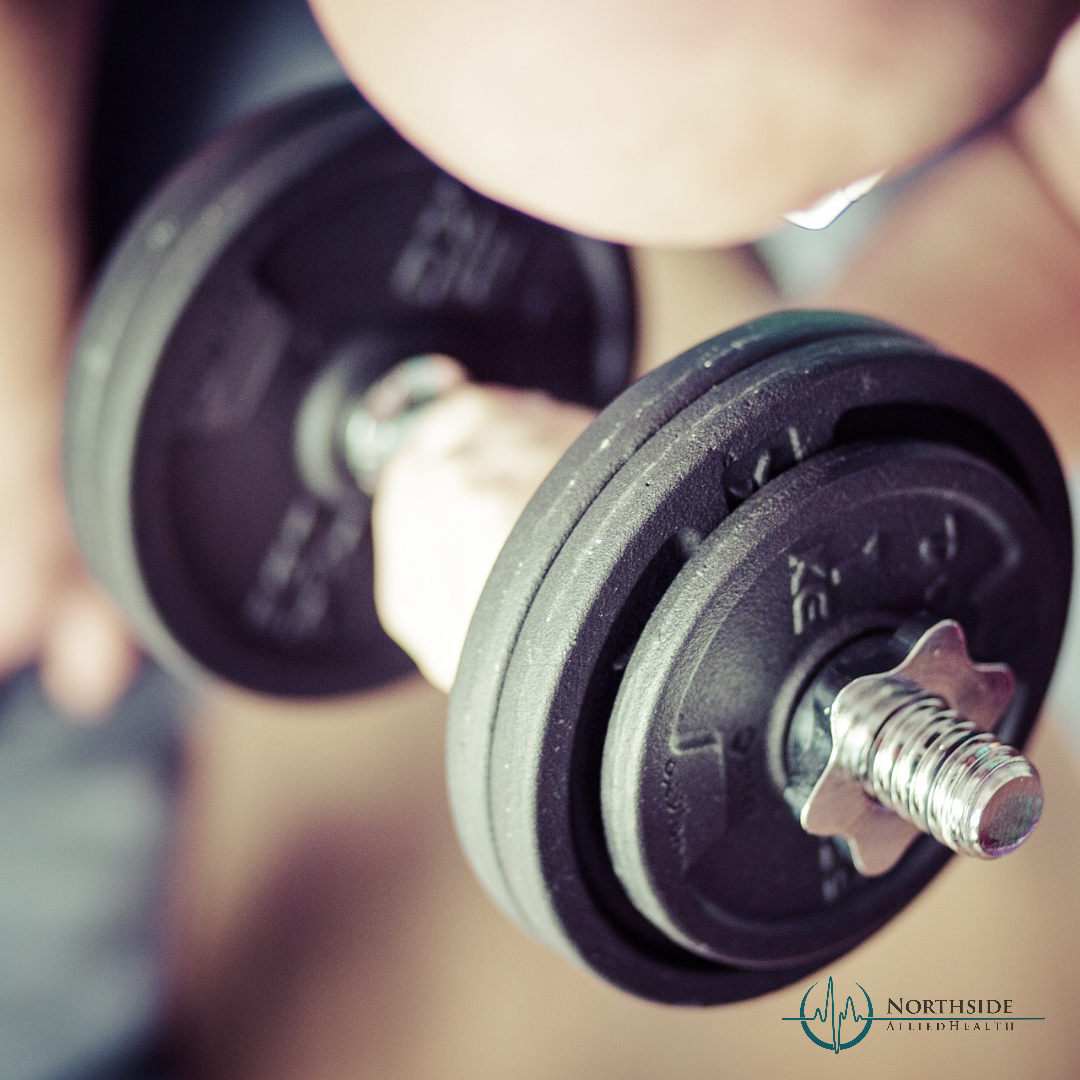I am sure you are familiar with the standard 3 sets of 10 repetitions when doing exercises at a gym. However why is this certain number so commonly prescribed? You may have seen powerlifters do sets of 5 with 5 repetitions otherwise known as 5×5 or bodybuilders sometimes accruing repetitions of 15 and above. Let’s delve into high repetition training vs low repetition training a little to understand the differences.
High repetition training
We must first understand that when testing strength, a one repetition maximum or 1RM is used. This method tests the ability of a person to lift a load once with good form and not being able to do a second repetition. When training with weights we use a percentage of your 1RM and with high repetition training you are most likely going to use lighter loads for example less than 60% of 1RM. You can imagine it would be quite difficult to do 10 to 12 repetitions at 85-90% of your 1RM and therefore these higher loads require lower repetitions.
Researchers from Ohio University found that training with higher repetitions increased maximal aerobic power and time to exhaustion without changes in VO2max. This basically means that they were much better adapted to prolonged muscular contractions and had an increase in their muscular endurance. Interestingly, Dr Schoenfeld and his colleagues also found that training with lower loads and higher repetitions increased muscle mass and strength but not to the extent of higher loads and lower repetitions especially in terms of strength.
Low repetition training
Loads greater than 60% of 1RM have been shown to maximise adaptations in both hypertrophy and strength. Why is this the case though? To put simply, muscles are controlled by signals from the brain and when a heavier load is needed to be lifted then the brain needs to fire additional signals. As training with higher loads continues more muscle nerve signals are recruited and therefore are being accustomed to that new weight and hence become ‘stronger’.
This occurs regardless if you are trained or untrained as seen in the same study by Dr Schoenfeld and colleagues. They found in resistance trained men that an 8-week program increased strength by 6% using higher loads compared to 2% using lower loads. As evident strength is optimised when training with higher loads and lower repetitions, so which one should you do?
It all really depends on your goals. As discussed studies have found that if strength is your main goal then higher loads should be utilised however if hypertrophy or ‘muscle building’ is your goal then training with lighter loads produced equal results to heavier loads. This is why it is so common to see exercise professionals prescribe 10-12 repetitions as you generally will get a combination of muscular endurance, hypertrophy and strength.
There are of course many other factors that play into whether one gains strength and/or muscle. Factors such as nutrition, hormones, genetic predisposition, training frequency, training experience, gender and age to name a few. Therefore, it is important to see the right exercise professional to help you achieve your goals whether that be strength or muscle mass and an Accredited Exercise Physiologist can help put you on the right track.

